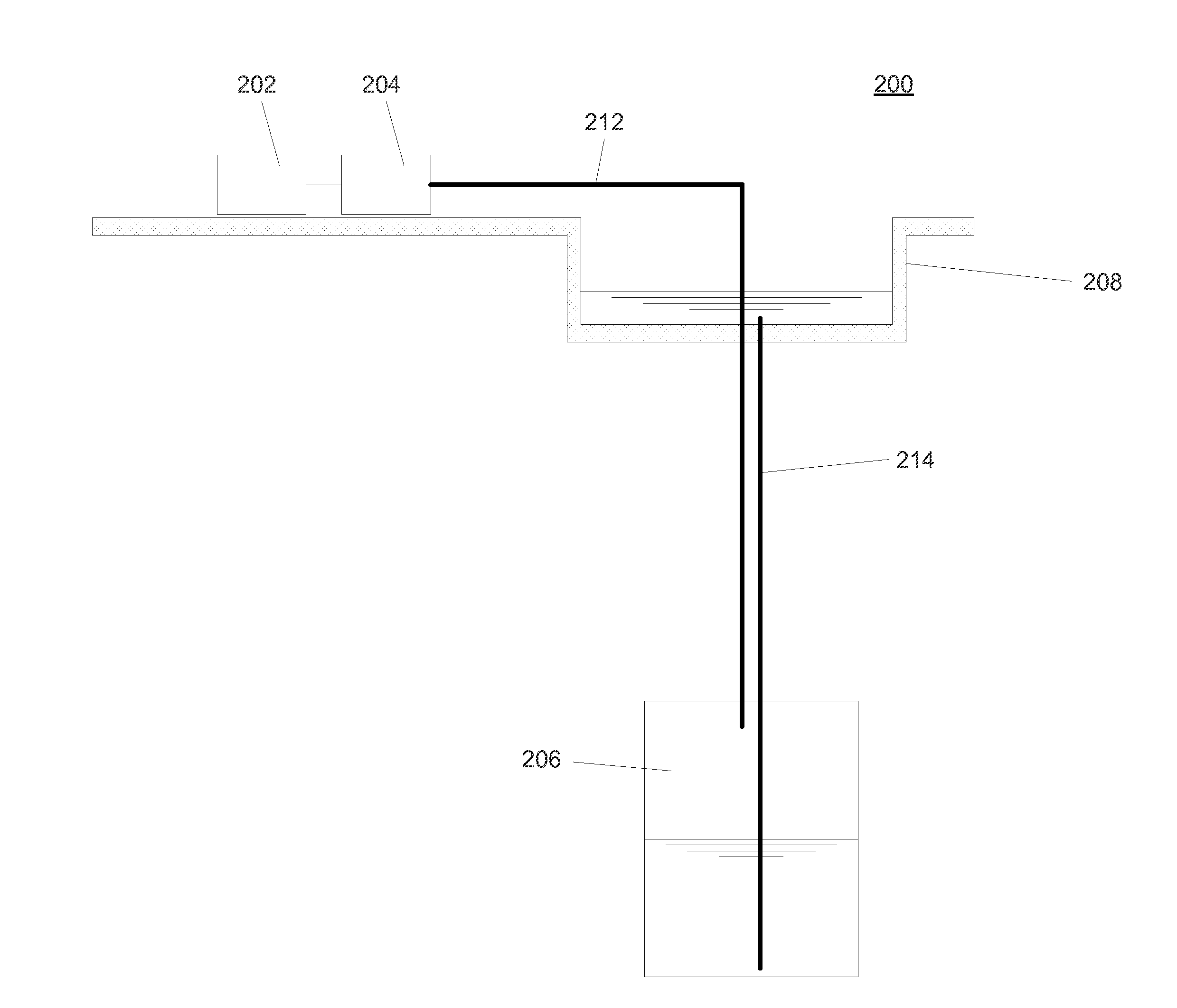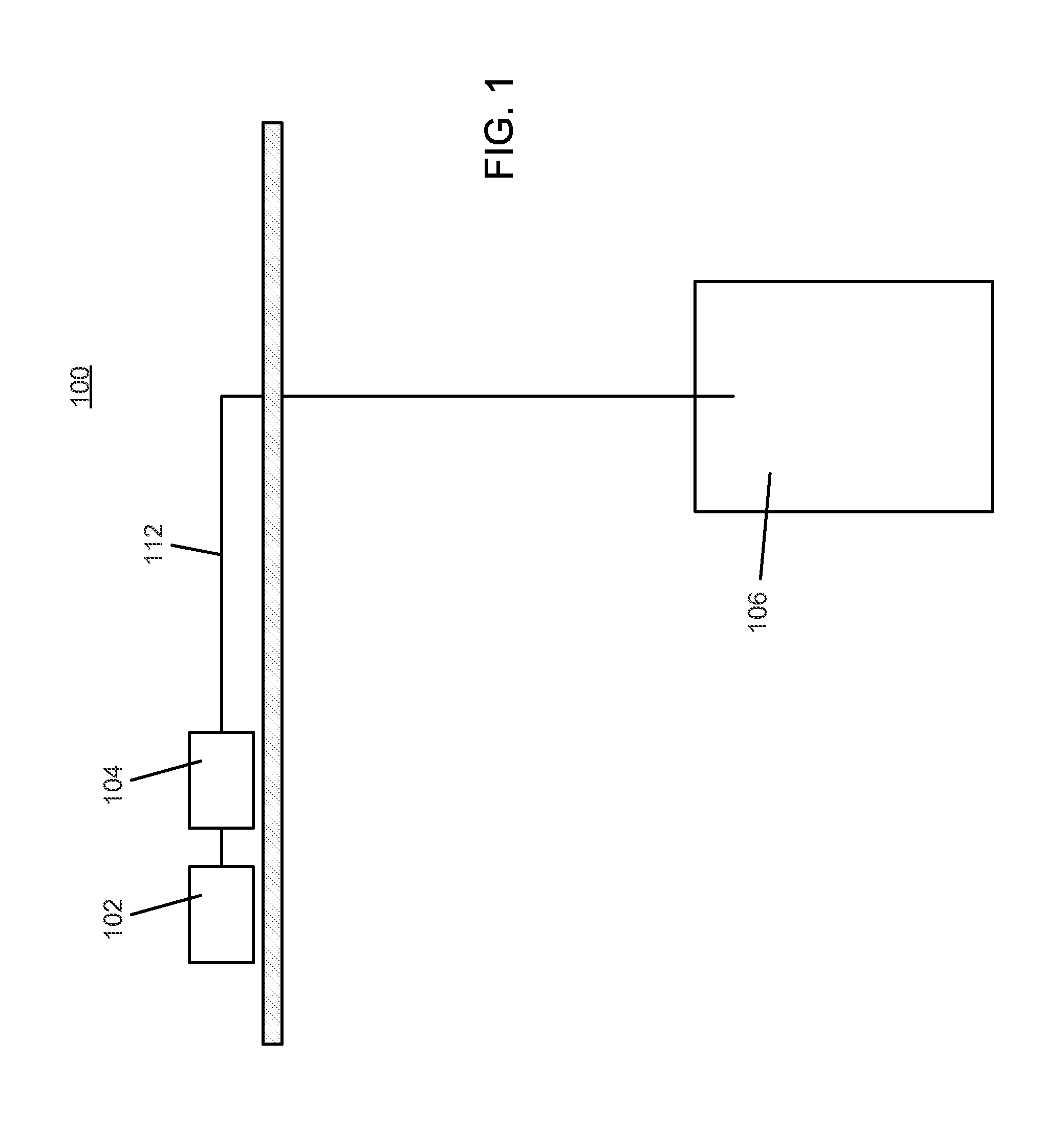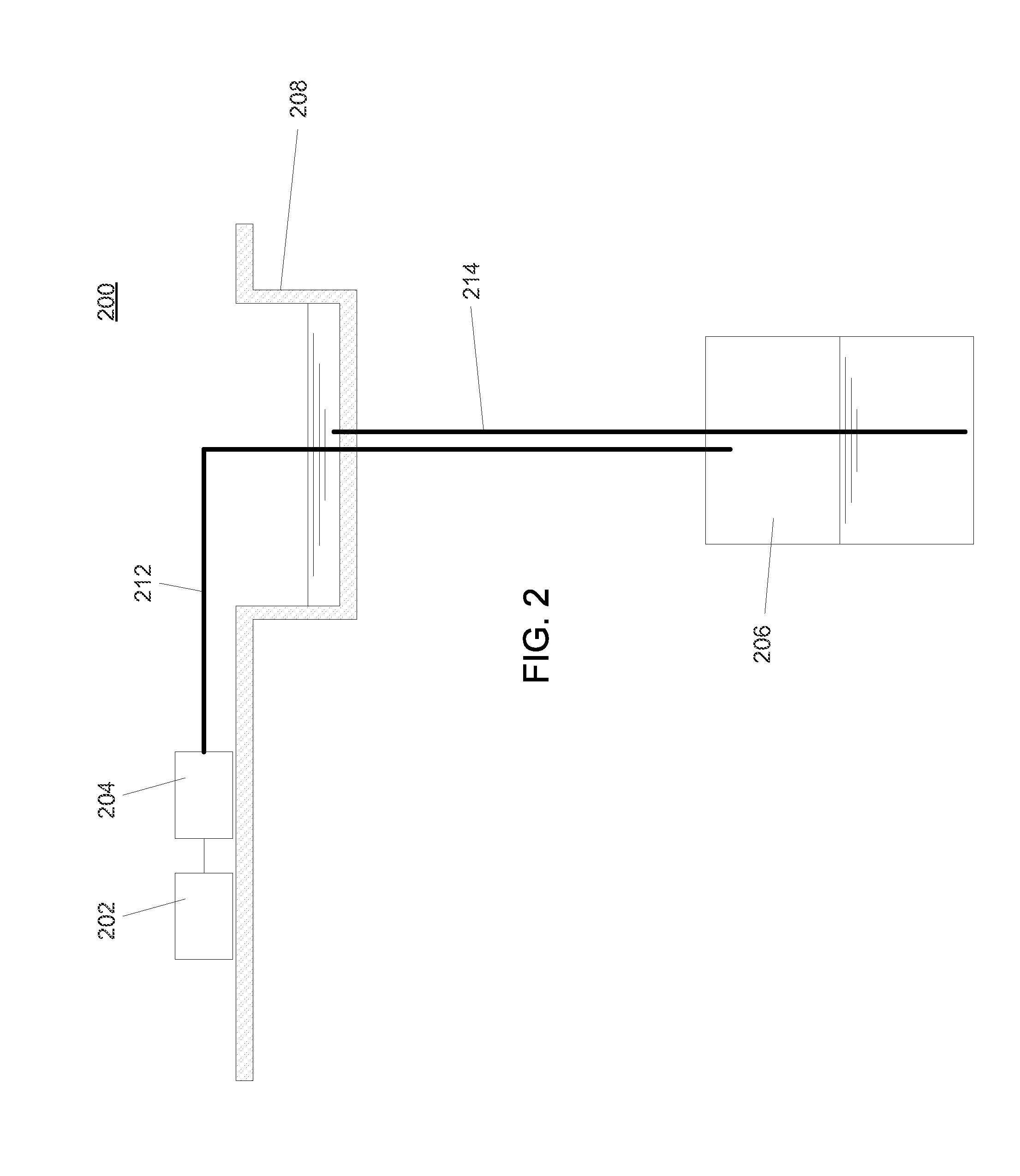Excavated underground caverns for fluid storage
a cavern and underground technology, applied in the direction of transportation and packaging, mechanical equipment, machines/engines, etc., can solve the problems of limited use of depleted hydrocarbon bearing zones, limited use of depleted hydrocarbon formations, and limited use of depleted hydrocarbon reservoirs, so as to minimize the surface area of land associated, the effect of maximizing storage volumes and constant injection and discharge pressur
- Summary
- Abstract
- Description
- Claims
- Application Information
AI Technical Summary
Benefits of technology
Problems solved by technology
Method used
Image
Examples
Embodiment Construction
[0033]Systems and methods for the storage of a compressed gas (such as air, natural gas, hydrogen (H2), helium (He) or argon (Ar)), or a liquid, in underground storage caverns are described herein. The underground storage caverns can be used, for example, to store hydrocarbons such as natural gas, natural gas liquids (NGL) or liquefied petroleum gases (LPG) for later recovery and use. The underground storage caverns can also be used, for example, to store energy in the form of compressed gas, such as air, in a compressed air energy storage (CAES) system. The caverns can have efficient / optimal operating ranges that can vary as a function of, for example, flow rate and pressure, among other parameters. Systems and methods of operating the storage caverns are provided to allow them to function at optimal performance throughout the energy storage cycle of the compressed gas energy storage system.
[0034]Throughout the present specification, the words “a” or “an” are understood to mean “on...
PUM
 Login to View More
Login to View More Abstract
Description
Claims
Application Information
 Login to View More
Login to View More - R&D
- Intellectual Property
- Life Sciences
- Materials
- Tech Scout
- Unparalleled Data Quality
- Higher Quality Content
- 60% Fewer Hallucinations
Browse by: Latest US Patents, China's latest patents, Technical Efficacy Thesaurus, Application Domain, Technology Topic, Popular Technical Reports.
© 2025 PatSnap. All rights reserved.Legal|Privacy policy|Modern Slavery Act Transparency Statement|Sitemap|About US| Contact US: help@patsnap.com



